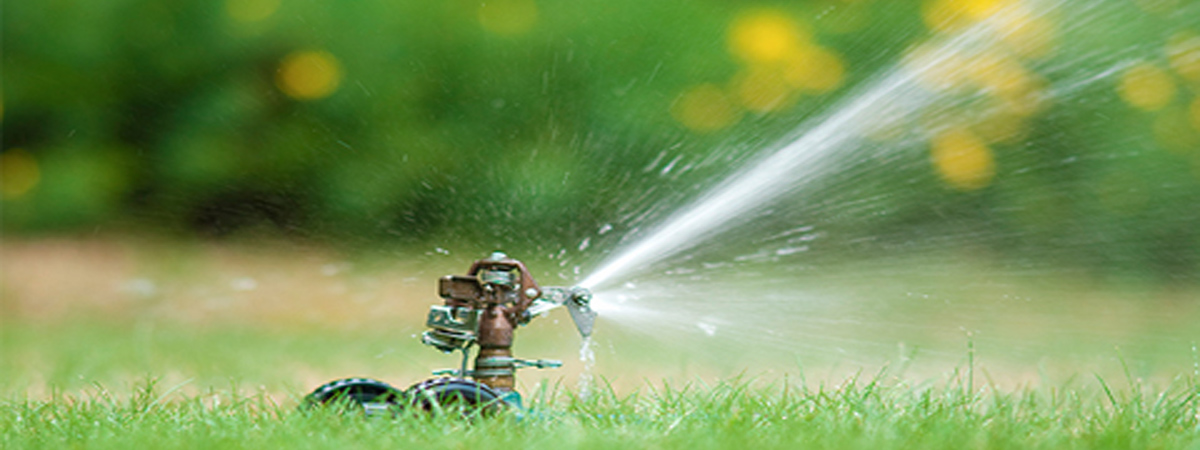
Water Conservation Tips
Did you know that in the average home, two-thirds of indoor water is used in the bathroom? Take some time to go through your house or apartment and look for ways to conserve!
Bathroom
For toilets that use more than 3.5 gallons per flush (purchased before 1993):
- Place a glass quart jar without a lid in the tank of your toilet as a displacement device.
- Flush only when necessary and don’t use your toilet as a garbage disposal.
- Replace old fixtures with new 1.6 gallon per flush models.
- If your showerhead is more than 5 years old, switch to a high efficiency showerhead that uses 2.5 gallons per minute.
- Take shorter showers.
- Faucet pressure puts about 3 gallons a minute down your drain. To save water:
- Install a 1.5 gallon per minute aerator in the faucet and cut water use in half.
- Use faucets at less than full pressure.
- Turn off the water while brushing your teeth, washing your face, or shaving. Only run the water to rinse.
- When shaving, put a stopper in the sink and dunk the razor instead of rinsing it under the faucet.
Kitchen
- Install an efficient faucet aerator.
- Use faucets at less than full pressure.
- Hand wash dishes by filling the sink or dishpan for washing and another for rinsing.
- Fill the sink or dishpan to wash vegetables and other foods instead of rinsing them.
- Keep a jug of drinking water in the refrigerator instead of running the tap water until cold. This also improves the taste!
- When running the faucet for hot water, collect the initial cooler water for plants.
The dishwasher can be more water efficient than washing by hand if you:
- Scrape the dishes instead of using the pre-rinse cycle.
- Use the shortest running cycle you need for each job.
- Only run a full load of dishes in the dishwasher.
Laundry Room
The average washing machine uses 43 gallons of water per load.
- Use the water level appropriate for your load
- Wash only when you have a full load.
- Don’t use the optional rinse cycle unless your clothes are really dirty!
Tips to Reduce Water Use in Your Yard
- Don’t over water your lawn. As a general rule, lawns only need watering every five to seven days in the summer and every 10 to 14 days in the winter. A hearty rain eliminates the need for watering for up to two weeks. Buy a rain gauge and use it to determine how much rain your yard has received. Most of the year, lawns only need one inch of water per week.
- Water lawns during the early morning hours when temperatures and wind speed are the lowest. This reduces losses from evaporation.
- Don’t allow sprinklers to water your street, driveway or sidewalk. Position them so water lands on the lawn and shrubs…not the paved areas.
- Install irrigation devices that are the most water efficient for each use. Micro and drip irrigation and soaker hoses are examples of water efficient irrigation methods.
- Check sprinkler systems and timing devices regularly to be sure they operate properly.
- Raise the lawn mower blade to at least three inches or to its highest level. A higher cut encourages grass roots to grow deeper, shades the root system and holds soil moisture better than a closely-clipped lawn.
- Avoid over fertilizing your lawn. Fertilizer applications increase the need for water. Apply fertilizers which contain slow-release, water-insoluble forms of nitrogen.
- Use mulch to retain moisture in the soil. Mulch also helps control weeds that compete with landscape plants for water.
- Plant native, drought-tolerant grasses, ground covers, shrubs and trees. Once established, they do not need water as frequently and usually will survive a dry period without watering. Group plants together based on similar water needs.
- Do not hose down your driveway or sidewalk. Use a broom to clean leaves and other debris from these areas.
- Avoid the installation of ornamental water features (such as fountains) unless the water is recycled.
- Do not leave sprinklers or hoses unattended. A garden hose can pour out 600 gallons or more in only a few hours. Use a kitchen timer to remind yourself to turn sprinklers off.
- Consider using a commercial car wash that recycles water. If you wash your own car, park on the grass and use a hose with an automatic shut-off nozzle.
- Use a shut-off nozzle on your hose which can be adjusted down to a fine spray so that water flows only as needed. When finished, turn it off at the faucet instead of at the nozzle to avoid leaks. Check hose connectors to make sure plastic or rubber washers are in place. Washers prevent leaks.
- If you have a swimming pool, consider a new water-saving pool filter. A single back flushing with a traditional filter uses 180 to 250 gallons of water.
